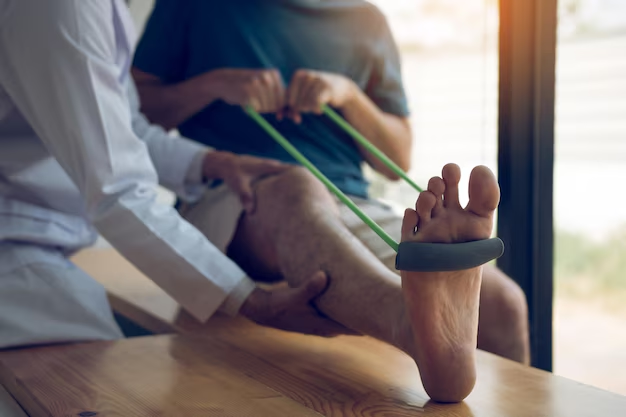Medicare and Orthotics: What You Need to Know
Navigating the maze of healthcare coverage is no small task, especially when it comes to understanding what is and isn't covered under Medicare. For those requiring orthotics, such as shoe inserts or braces, knowing whether this expense is covered can be crucial. So, does Medicare pay for orthotics? The answer is yes, but there are important details to consider.
Understanding Medicare Coverage for Orthotics
Medicare is divided into different parts, and each part covers various services and products. Medicare Part B typically offers coverage for durable medical equipment (DME), which includes orthotics, contingent on specific criteria. To qualify for coverage of orthotic devices under Part B:
- They must be deemed medically necessary by your healthcare provider.
- You must have a doctor's prescription.
- The orthotics must be supplied by Medicare-approved providers.
It's crucial to understand that while Medicare does cover orthotic devices, coverage is not automatic. You may still be responsible for copayments and deductibles, depending on the specific circumstances and the type of Medicare plan you have.
Types of Orthotics Covered
Medicare is generally more inclined to cover orthotics that support the treatment of specific medical conditions, such as:
- Leg, back, or arm braces: These are usually covered when they are necessary for supporting a weak limb or aiding post-surgical recovery.
- Therapeutic shoes: Available for individuals with severe diabetic foot disease.
Custom-made orthotics might also be covered, but again, this depends on medical necessity and proper documentation from healthcare professionals.
Exploring Additional Financial Aid Options
Navigating Medicare coverage can be daunting, and it's not uncommon for beneficiaries to need further financial assistance. Here's where exploring other options can be advantageous:
Medicaid: Depending on your income and state of residence, Medicaid may cover orthotics not covered by Medicare.
State Assistance Programs: Many states offer resources for low-income individuals to help cover healthcare costs, including orthotics.
Supplemental Health Insurance: Consider Medigap plans, which can help cover expenses not covered by Medicare.
Health Savings Accounts (HSAs): If available, HSAs can be a resource to cover out-of-pocket costs for medical supplies and equipment.
Nonprofit Organizations: Some nonprofit entities provide financial aid for medical supplies and devices for eligible individuals.
Planning and Budgeting for Health Expenses
Balancing health expenses can become a juggling act. It’s beneficial to consider strategies and resources that ensure a smoother financial ride, such as:
- Budgeting for anticipated healthcare costs.
- Investigating financial aid programs and grants not only for medical care but also for related educational purposes.
- Looking into debt relief solutions if the high costs of health requirements become unmanageable.
- Evaluating credit card options specifically designed for healthcare-related expenses, which may offer lower interest rates or payment flexibility.
Key Takeaways and Resources for Financial Assistance
For those at the intersection of health needs and potential financial strain, here’s a recap of resources that can provide some relief:
- 🏥 Medicaid: Check eligibility for additional health coverage.
- 🏛️ State Programs: Each state offers unique assistance programs.
- 💳 Health Credit Cards: Flexible payment options for health expenses.
- 📚 Educational Grants and Programs: Explore if your health needs impact educational pursuits.
- 🤝 Nonprofits and NGOs: Bridge the gap for health-related financial needs.
- 👜 Supplemental Insurance (Medigap): Covers additional expenses Medicare does not.
Understanding Medicare’s role in covering orthotics is just the beginning. Empower yourself with knowledge about available aid and keep your health and finances in balance.

Related Topics
- a Medical Provider That Accepts Medicare Assignment Must
- a Medical Provider That Accepts Medicare Assignment Must Quizlet
- a Medicare Patient Received Treatment That Isn't Covered By Medicare
- a Medicare Patient Receives Treatment That Isn't Covered By Medicare
- a Medicare Supplement Basic Benefit Is Quizlet
- a Medicare Supplement Companies
- a Medicare Supplement Policy Is Quizlet
- a Medicare Supplement Policy Must Not Contain Benefits Which
- a Patient Received Treatment In August Medicare
- Am I Eligible For Medicare